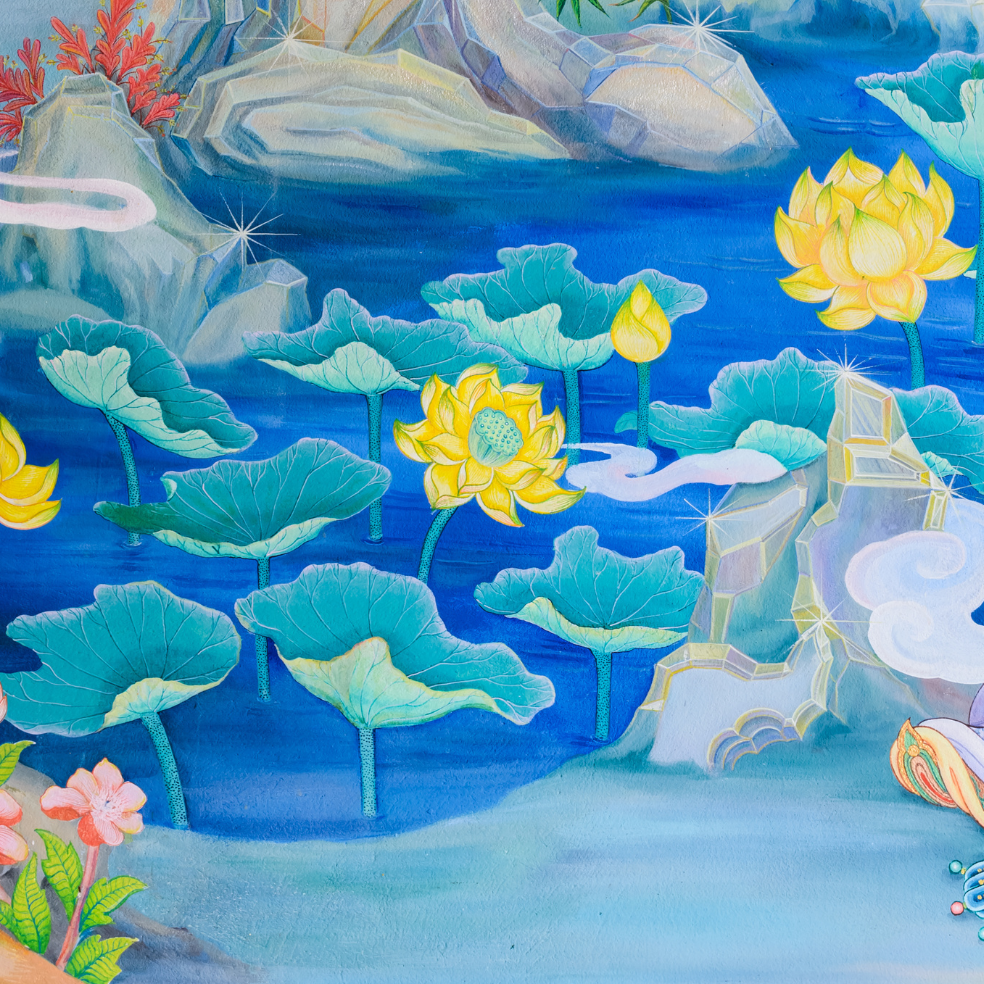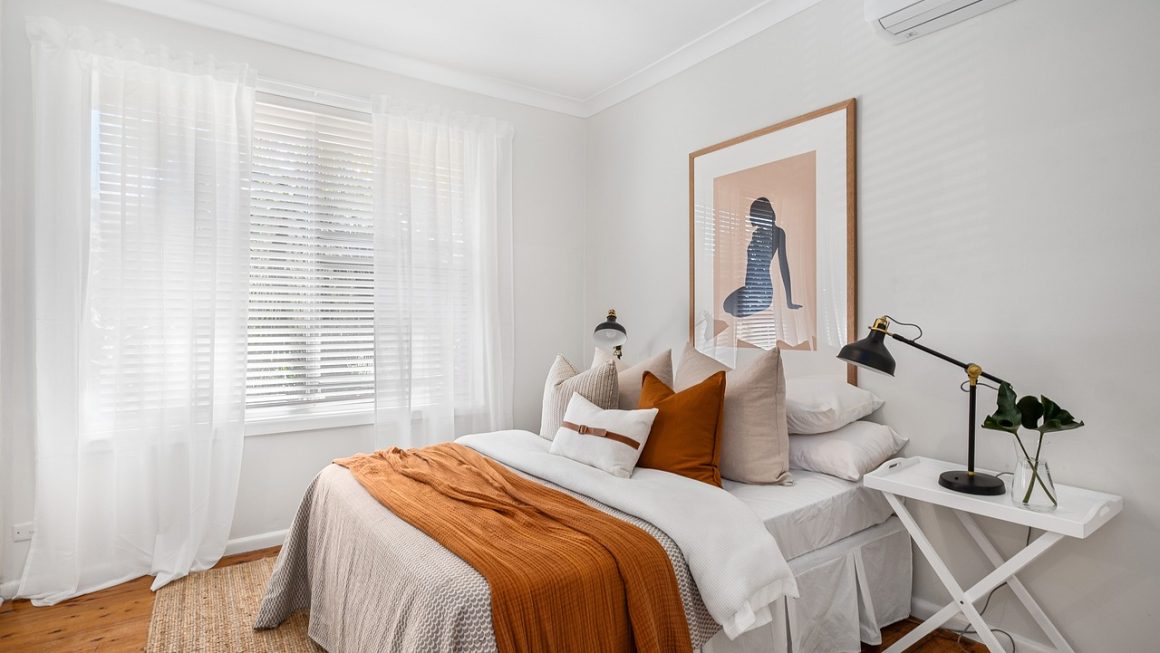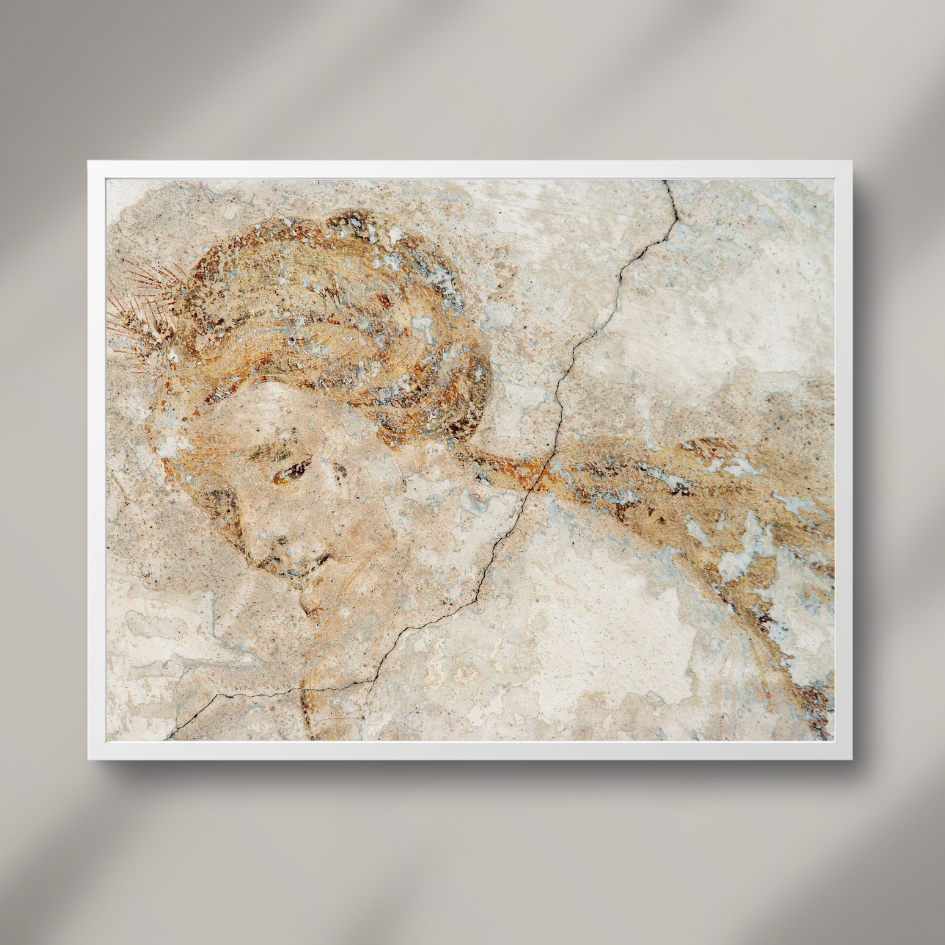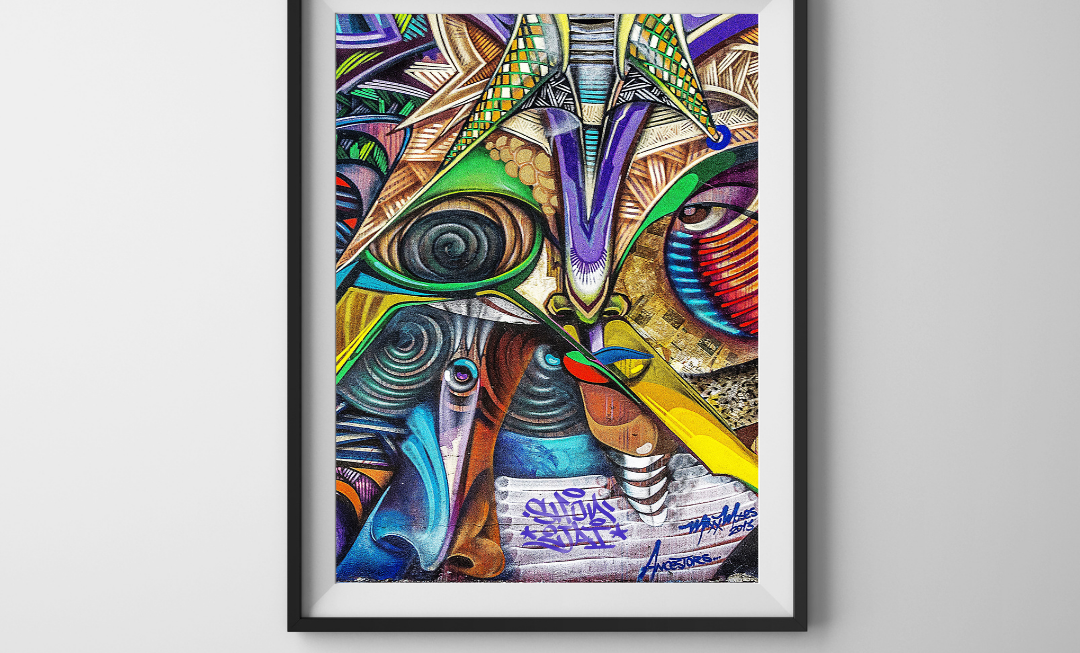Introduction
In today’s interior design landscape, wall murals have emerged as a popular choice for transforming living spaces. With their ability to add depth, character, and a personal touch to any room, wall murals have become a go-to option for homeowners and decorators alike. In this comprehensive guide, we will delve into the foolproof steps for hanging wall murals, ensuring a seamless and professional-looking installation every time.
Understanding Wall Murals
Before diving into the installation process, it’s crucial to understand the different types of wall murals available. From self-adhesive vinyl to traditional wallpaper, each type comes with its own set of advantages and considerations.

Types of Wall Murals
- Self-Adhesive Vinyl Murals: Known for their ease of installation and durability, self-adhesive vinyl murals are a popular choice among homeowners. These murals come with a pre-applied adhesive backing, eliminating the need for additional adhesives or paste.
- Traditional Wallpaper Murals: Traditional wallpaper murals offer a wide range of designs and textures, allowing for customization to suit any aesthetic preference. However, they typically require the use of wallpaper paste for installation.
Preparing for Installation
Gather Your Supplies
Before beginning the installation process, gather all the necessary supplies:
- Wall mural
- Measuring tape
- Level
- Utility knife
- Squeegee or smoothing tool
- Water and sponge (for vinyl murals)
- Wallpaper paste (if applicable)
Prepare the Surface
Ensure that the wall surface is clean, smooth, and free of any dust or debris. Use a mild detergent solution to remove any dirt or grease, and allow the wall to dry completely before proceeding with the installation.
Installation Process
Step 1: Measure and Prep the Wall
Using a measuring tape, determine the dimensions of the wall mural and mark the area with a pencil. Use a level to ensure that the markings are straight and even.
Step 2: Cut the Mural to Size
Carefully cut the mural to size using a sharp utility knife, following the markings made on the wall. Take care to trim any excess material around the edges for a precise fit.
Step 3: Apply Adhesive (For Traditional Wallpaper Murals)
If you’re using a traditional wallpaper mural, apply wallpaper paste to the back of the mural using a paint roller or brush. Ensure that the paste is evenly distributed across the entire surface.
Step 4: Position and Smooth the Mural
Carefully position the mural onto the wall, starting from the top and working your way down. Use a squeegee or smoothing tool to remove any air bubbles and ensure a smooth, wrinkle-free finish.
Step 5: Trim Excess Material
Once the mural is in place, use a utility knife to trim any excess material from the edges and corners. Take your time to achieve clean, precise cuts for a professional-looking result.
Finishing Touches
Step 1: Clean and Maintain
After installation, gently wipe down the mural with a damp sponge to remove any adhesive residue or dirt. Avoid using harsh chemicals or abrasive cleaners, as these may damage the mural’s surface.
Step 2: Enjoy Your New Wall Mural
With the installation complete, step back and admire your handiwork! Whether it’s a stunning landscape, abstract design, or custom artwork, your wall mural is sure to be the focal point of any room.
Conclusion
Hanging wall murals doesn’t have to be a daunting task. By following these foolproof steps and taking the time to prepare properly, you can achieve a professional-looking installation that enhances the beauty of your space. Whether you’re a seasoned DIY enthusiast or a first-time decorator, this guide has everything you need to know to hang wall murals like a pro.




